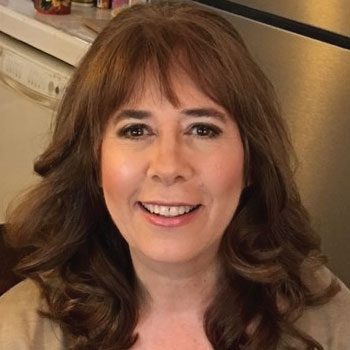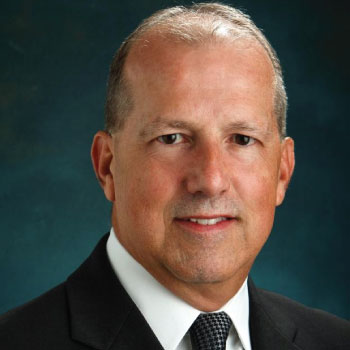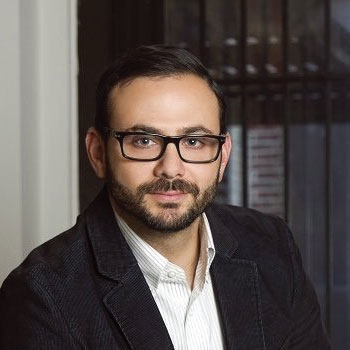RoseComm brings visibility to Iranian human rights violations in award-winning street art campaign
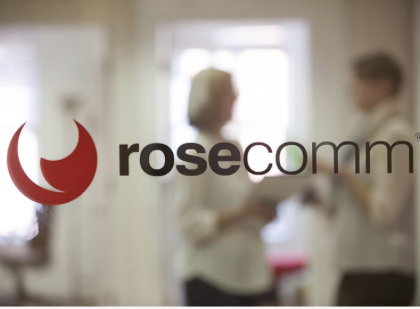
Media exposure can effect social change—and perhaps no one knows this better than Maziar Bahari, a Canadian-Iranian former Newsweek journalist who was jailed in Iran for 118 days because he covered protests of a disputed presidential election. Major global media exposure, as well as the actions of then Secretary of State Hillary Clinton, put enough pressure on the Revolutionary Guards to release him just prior to the birth of his daughter in London. He later became the subject of Jon Stewart’s film “Rosewater.”
Since his release from prison, Bahari (who was sentenced to 13 years in absentia and lives in exile) has dedicated his life to exposing the human rights violations of the Iranian government—namely the freedom of speech and the right to pursue a higher education. In 2015, he set out to create the most ambitious single-issue street art project ever brought to New York City in order to generate media exposure and spur social conversation leading up to the United Nations General Assembly meeting, which was attended by Iranian President Hassan Rouhani.
The 11-mural campaign in four of the city’s five boroughs and Jersey City, N.J., focused on both “Education Is Not A Crime” and “Journalism Is Not A Crime” themes. Hoboken, N.J.-based RoseComm helped bring to light the plight of journalists reporting news in Iran, and the Baha’is, Iran’s largest religious minority, who are frequently jailed on false charges and denied access to higher education. Thousands of Baha’is are currently studying through an underground education system, journalists who cover their circumstances are imprisoned, and the campaign used the landscape surrounding America’s biggest city and some of the world’s most talented artists to increase awareness and understanding of these circumstances.
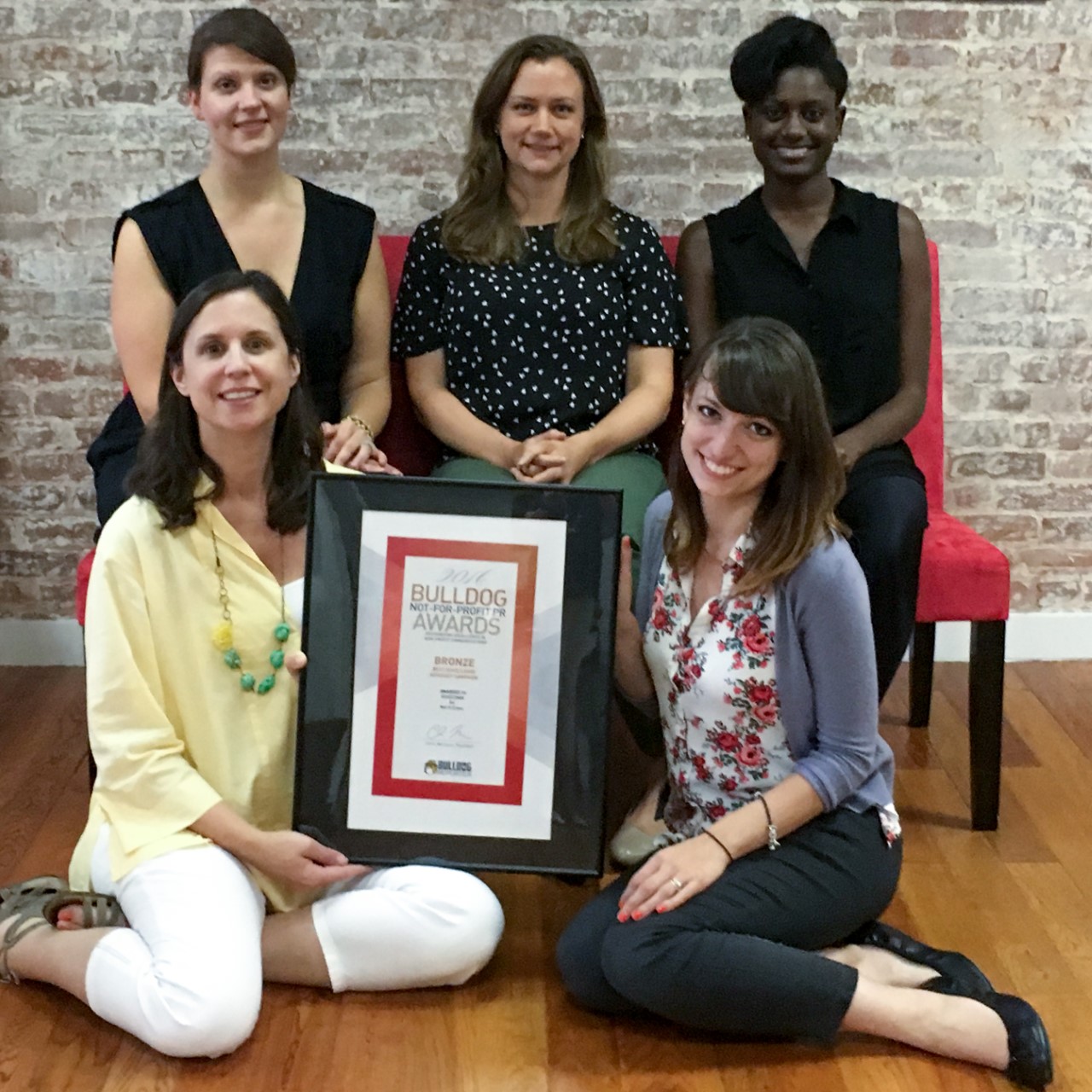
Bahari partnered with Street Art Anarchy, a New York-based firm that works with internationally renowned street artists to create contemporary art projects. RoseComm honed the story, shaping their message to increase poignancy and scope, therefore allowing it to reach a broader audience of citizens and influencers. Read on to find out RoseComm’s campaign brought much-needed visibility to this abhorrent situation, an effort that won a Bronze Award in Bulldog Reporter’s 2016 Not-for-Profit Awards.
The Strategy: The team’s first recommendation was to rename the overall campaign Not A Crime, an umbrella term that would help people understand how the pieces fit together, and enabling him to highlight additional human rights that are criminalized in his home country.
“One of the biggest challenges of the campaign was that the group whose oppression we were working to raise awareness of, the Baha’is, is a religious minority in Iran,” says Rosemary Ostmann, president & CEO of RoseComm. “It was particularly challenging to start from a relatively low level of awareness as well as to focus on a religion to which some people may not easily relate. We decided to focus on the larger issue of freedom of the press, as reporting on the plight of Baha’is is forbidden in Iran. We also positioned the denial of education and overall treatment of the Baha’is as a barometer for understanding what kind of government Iran is and whether it’s one America should be doing business with now and in the future. Finally, we also reminded journalists that Maziar Bahari is not a Baha’i so his intentions were not personally motivated. RoseComm’s objectives in bringing as much exposure as possible to the collaboration—through traditional and social media—were as follows:
- To build awareness of the denial of higher education to the Baha’i community as well as the suppression of freedom of speech
- To leverage the issues as an example of the human rights violations against the people of Iran
- To pressure the Iranian government to reverse its position
- To reach an audience that included human rights advocates and concerned citizens (particularly motivated youths); government entities; and those who could help fund additional Not A Crime initiatives
RoseComm’s research included conducting detailed interviews with Bahari about his background and that of the Baha’is, as well as interviews with several Baha’i students. Efforts also included uncovering influencers within the street art community as well as those, both locally and globally, for whom this topic is meaningful, such as museums; universities and their student groups; human rights groups; and, celebrities.
The team’s strategy was to synthesize the insights gleaned during the research period into a messaging framework, identifying anecdotes that explained and demonstrated Not A Crime’s mission. They also determined possible news hooks and opportunities for sustained exposure.
Assets such as news releases, FAQs, photography, videos, bios and graphics were created to empower journalists and advocates to share the Not A Crime story. RoseComm cultivated relationships with identified influencers, keeping them informed about the campaign and giving them content related to the campaign to use across their communication channels.
“When you begin to develop a story for a nonprofit, it’s easy to get caught up in the promise of the mission and the dedication of the teams with whom you work to effect social change,” Ostmann relates. “How could every news organization not want to cover this important topic with very real, life-threatening implications? The reality is, however, that there are thousands of organizations trying to tell important stories. In some ways, finding the news value and sense of urgency—answering the ‘Why now?’—is perhaps even harder for a nonprofit cause than it is for others.”
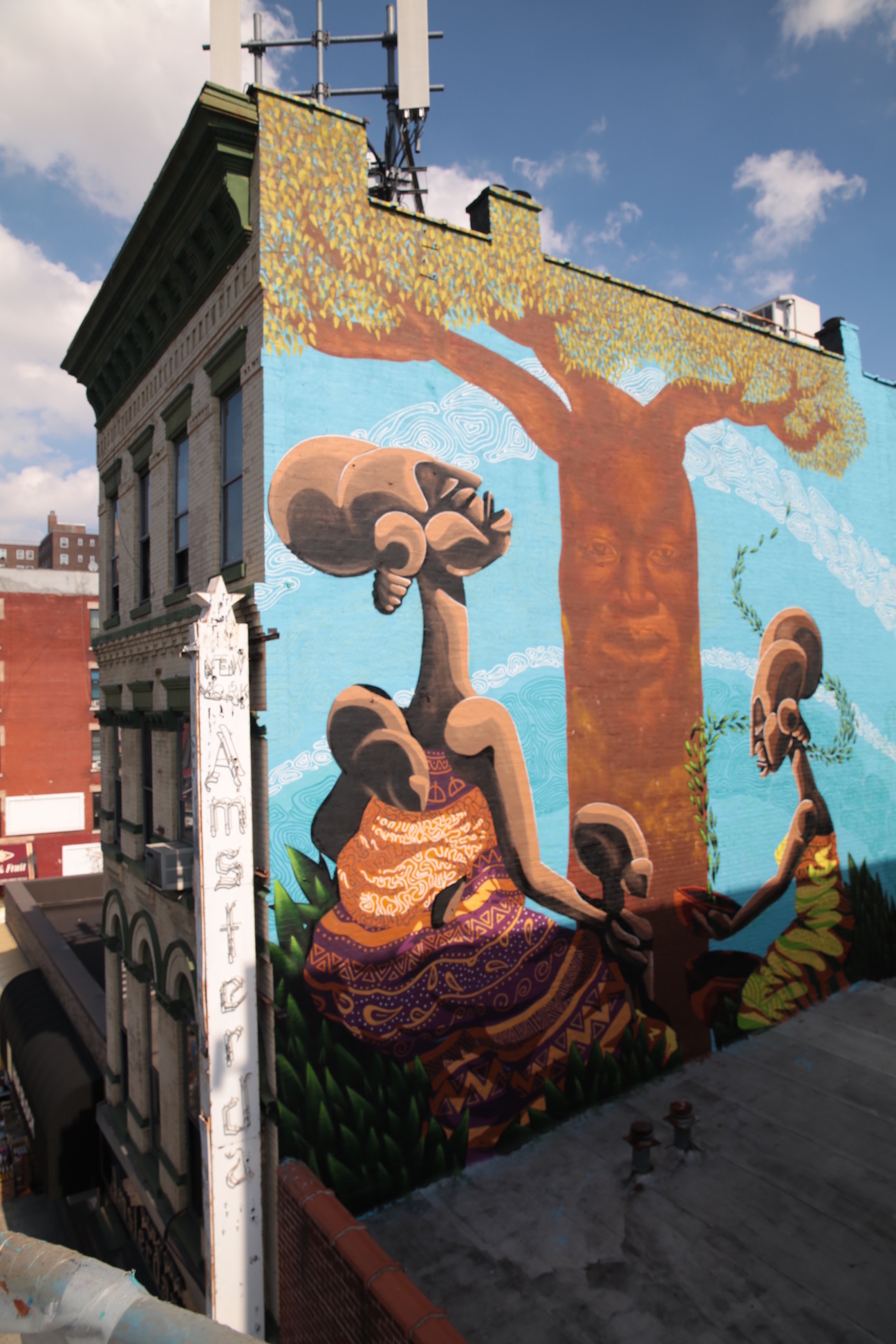
The Execution: Implementation began with pre-launch briefings for key influencers, introducing them to the cause and to Bahari. The team met with Associated Press, New York Times, NowThis News and others, and also supported the creation of videos and still photography that showed the process of creating these murals—some several stories high, not just the final result.
The campaign was unveiled via news release in the run-up to the United Nations General Assembly and ahead of Rouhani’s appearance at the General Assembly on Sept. 28.
RoseComm worked with Not A Crime staffers and Street Art Anarchy to ensure that the artists (from countries such as Iran, Singapore, Italy, South Africa, the U.S. and Argentina) successfully began and completed their installations while allowing journalists to capture their individual stories and learn about the campaign as the street art was going up.
“Not A Crime’s street art campaign was well received throughout the five boroughs of New York City. One mural however, drew some local community resistance,” Ostmann offers. “While RoseComm dealt with the concerns of local residents in the most diplomatic and positive way, we also felt that journalists would see news value in the reaction. It was a careful balance that we had to create. RoseComm made Maziar Bahari, Not A Crime’s founder, available to media members, and the issue was reported on by the New York Times, Washington Post, Brooklyn Paper and several other news organizations. Because of the unexpected development, we were able to cultivate interest from reporters who previously had said they were not going to cover the campaign.”
The mural in question highlighted the plight of a female political cartoonist wearing a headscarf who was imprisoned for a exercising her freedom of expression. Some believed it was an anti-American message that disrespected terror victims, particularly because it appeared so close the anniversary of 9/11.
The team also set up additional media briefings for Bahari when he came to the U.S. for “Rosewater” screenings later in the fall, resulting in follow-on coverage of the campaign.
The Results: Press coverage of the campaign had a total potential reach of 384,479,236, derived from Cision circulation/visitor numbers and social media followers. Highlights included:
- A multimedia Associated Press story, “NYC Street Art Makes Statement for Human Rights in Iran,’’ which led to hundreds of placements, including the New York Times, Yahoo! News, the Washington Post, U.S. News & World Report, ABC News, Fox News, Salon, the Miami Herald, Daily Reporter, TheRepublic.com, the Times of Israel and Iran Press Watch.
- Bahari wrote an op-ed for Medium titled: “Ask the Iranians about their Baha’i citizens”
- Stories also ran in Nonprofit Quarterly, TakePart, Univision and Metro Puerto Rico
- AOL featured Bahari in a 30-minute interview for its Build speakers series, using video footage of the creation of the street art installations
- The Huffington Post ran a long Q&A with Bahari on Iran and the Not A Crime campaign
- A video about Not A Crime produced by Now This News has 83,489 views on Facebook, as well as 1,086 likes and 539 shares
- Al Jazeera America also produced a video detailing the Not A Crime project
- Bahari was interviewed for the Takeaway, the radio program produced by Public Radio International, WGBH and WYNC, and shared with member stations across the country
- Bahari was featured by Business Insider, which was covering the Iran imprisonment of Washington Post reporter Jason Rezaian
- Social media impact had potential reach of 795,769, with organizations such as Reddit, Brooklyn Street Art, Widewalls, Art With Teeth, New Public Art Foundation and the Committee to Protect Journalists sharing the #notacrime story
“I feel like this is liberating,” a passer-by told artist Marina Zumi upon learning what prompted her painting, according to the AP. “It’s the fact that we’re allowed to express how we feel without anyone saying or telling us what we can and can’t do.”
The impact of the murals was substantial enough to convince Not A Crime’s funders to continue the campaign here in 2016. The campaign is supported by the Baha’i community in the U.S., among others, who struggle to generate awareness of their treatment in Iran. Harlem, where some of the 2015 murals were located, will be the featured borough for 15 additional works of street art this year.
“People need to care more about human rights issues in Iran now because of the implementation of the Nuclear Deal,” said Bahari. “The Iranian government agreed to work with other nations, showing an atypical pragmatism and vulnerability. Public pressure can result in change.”
